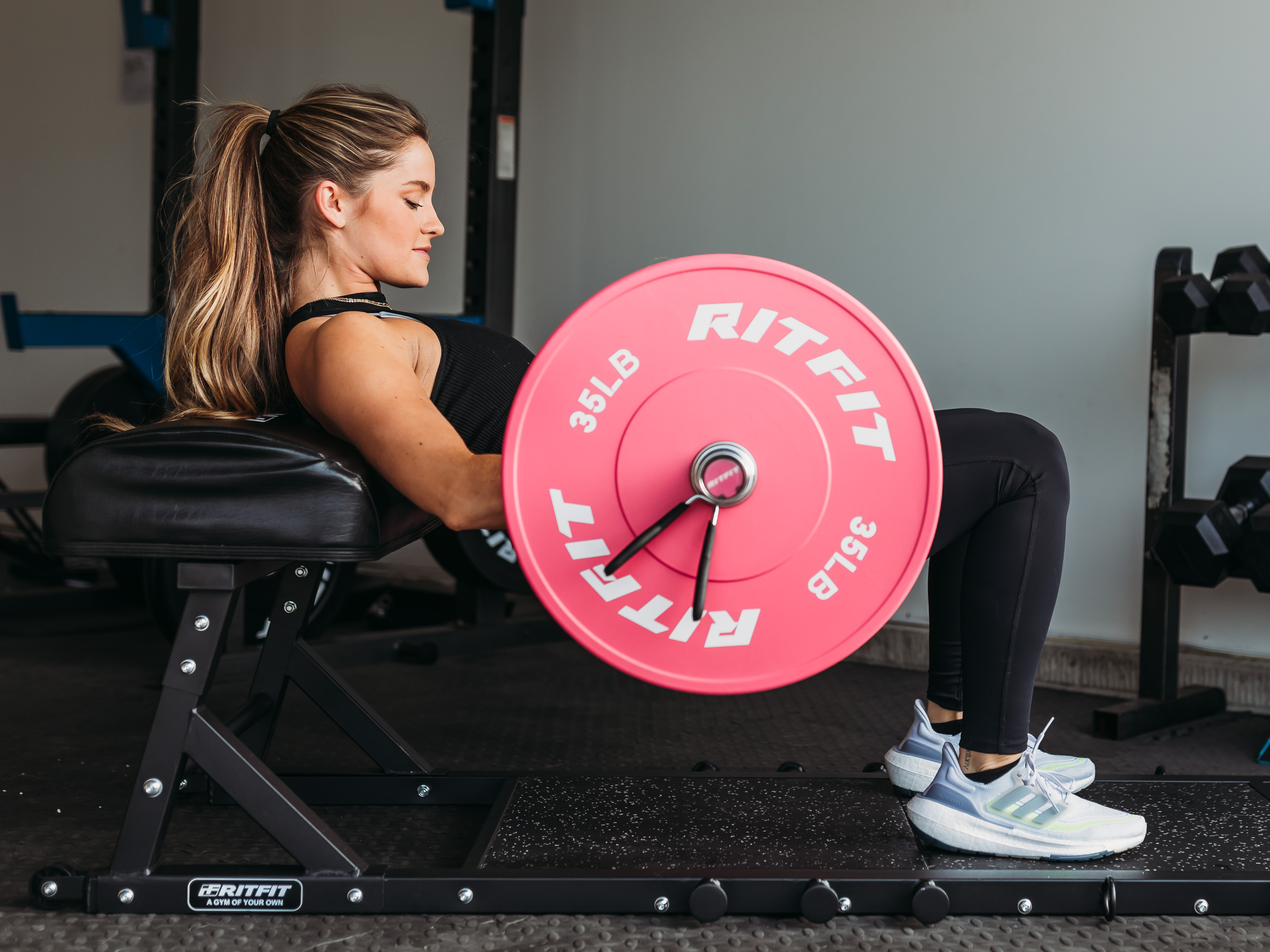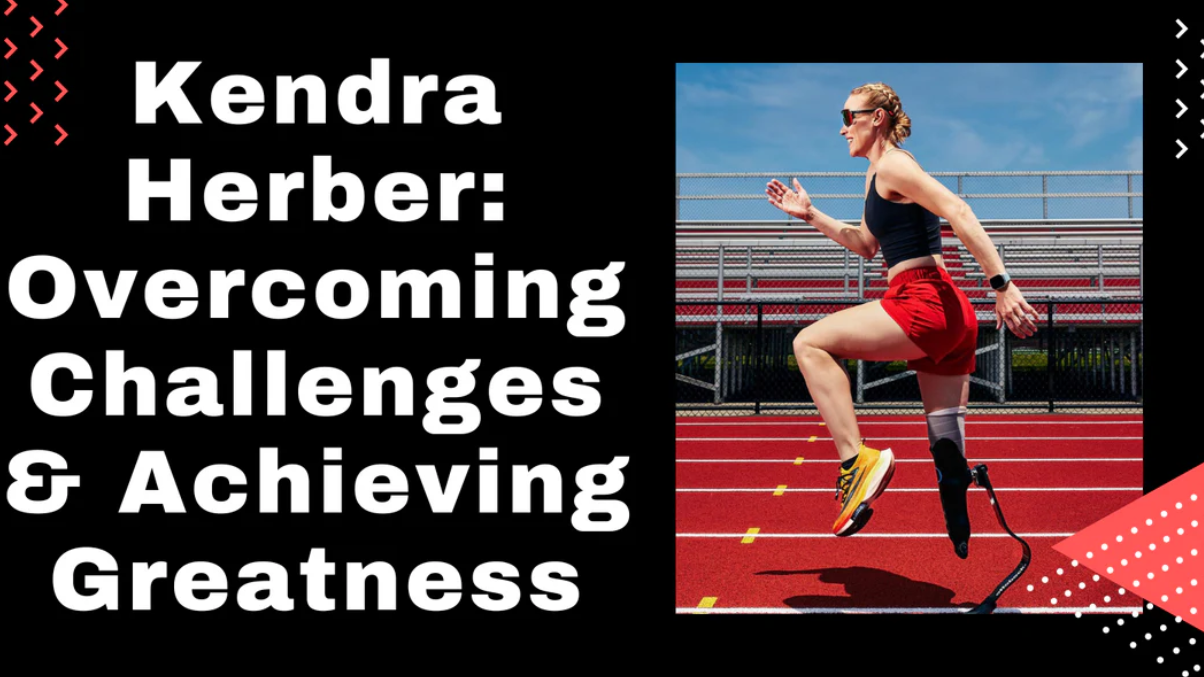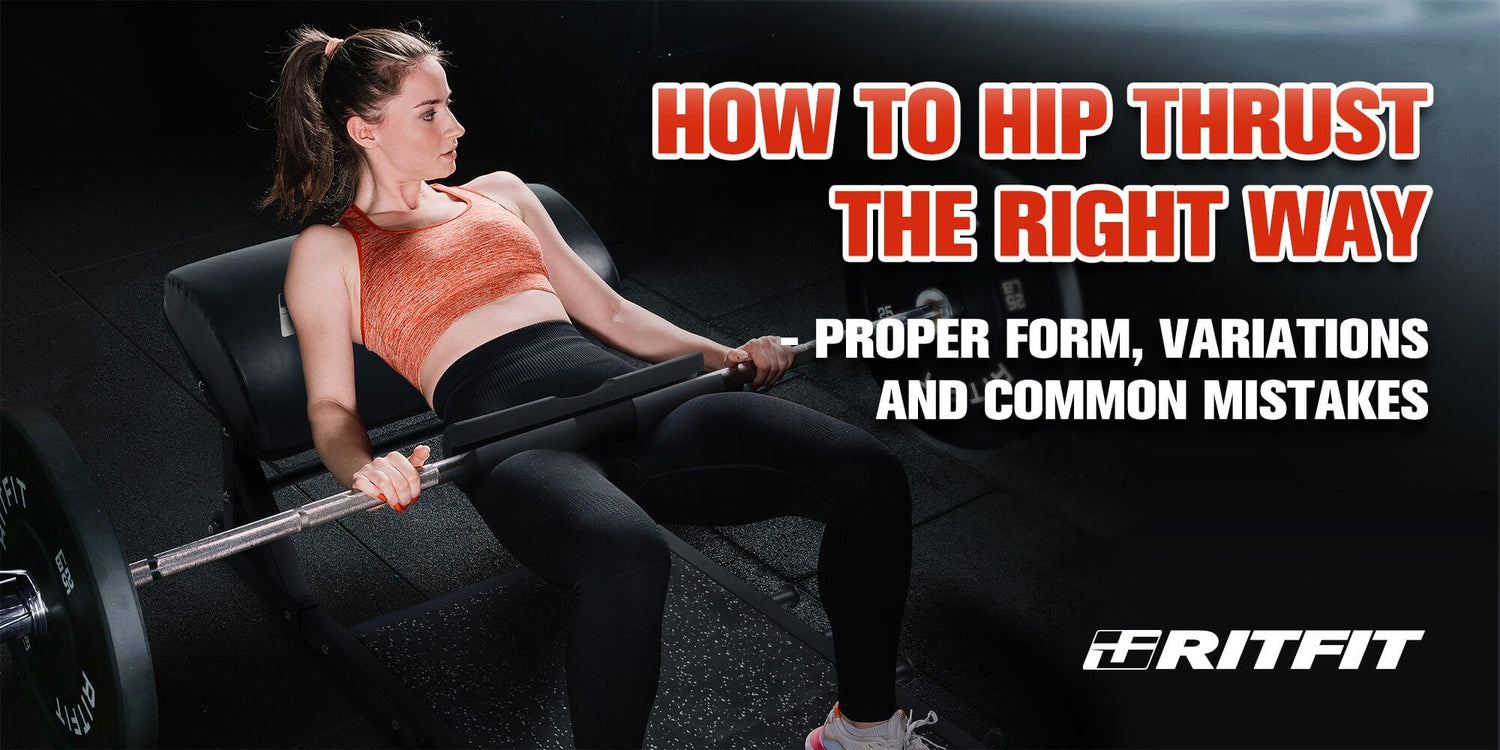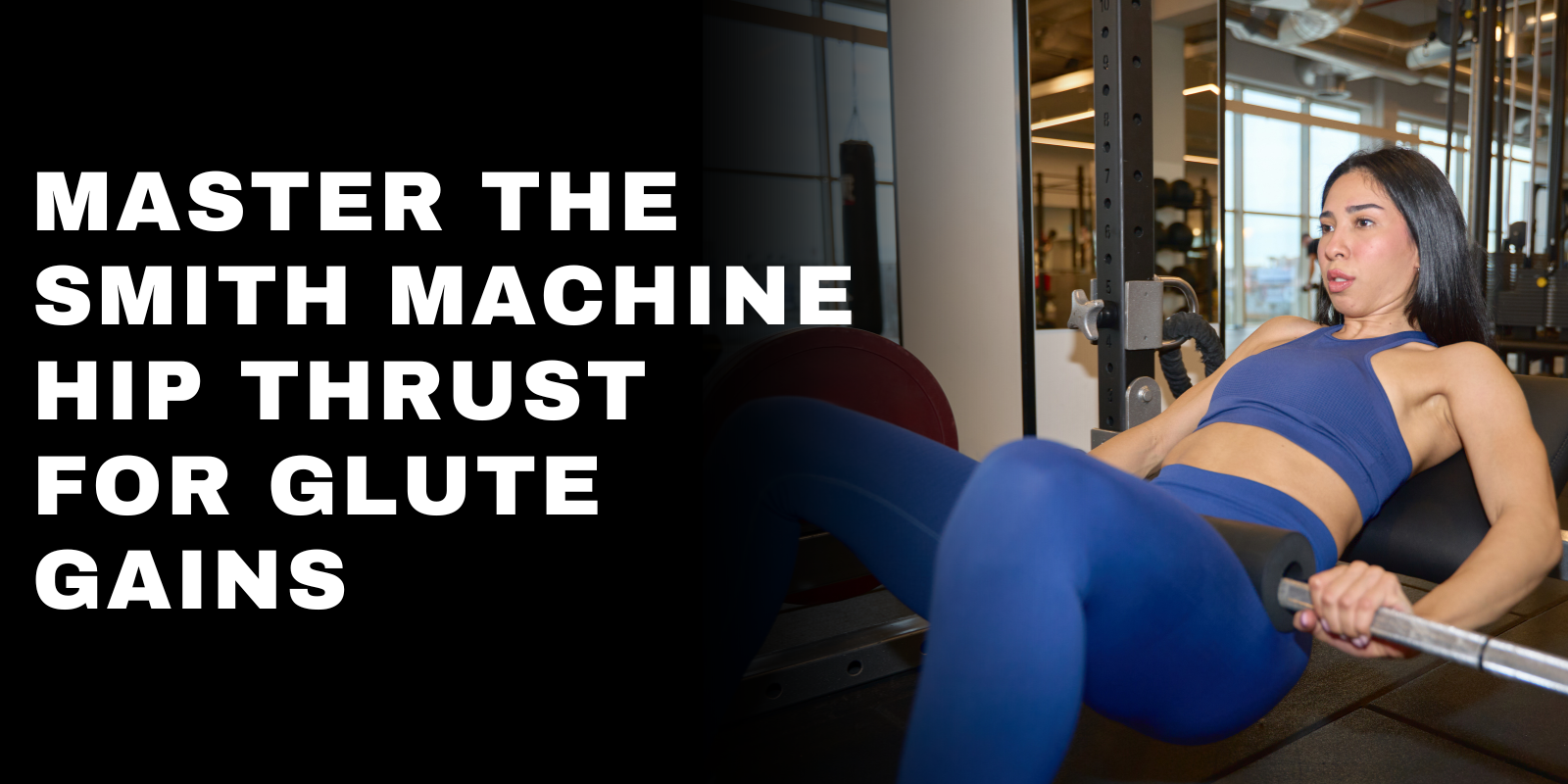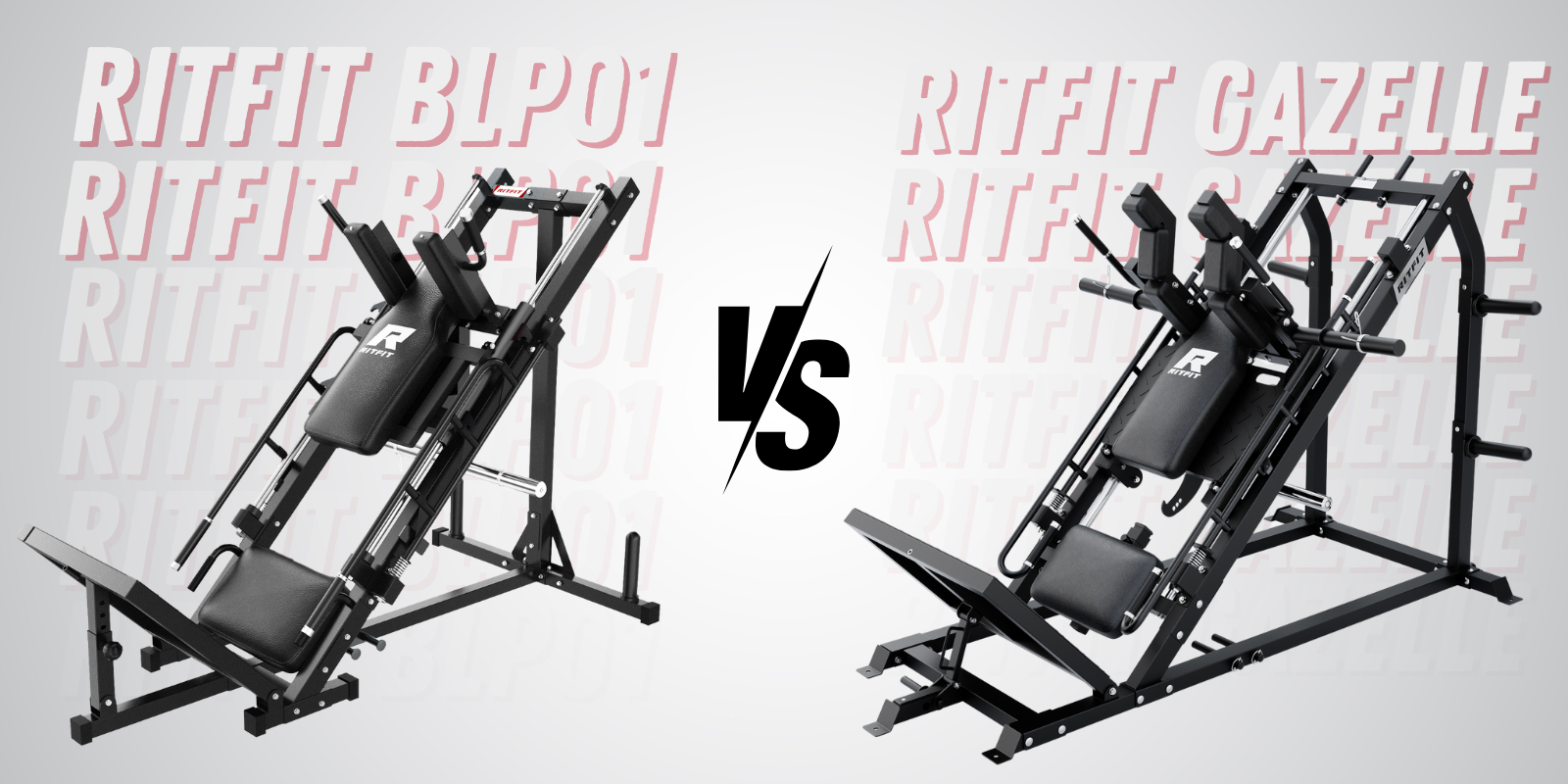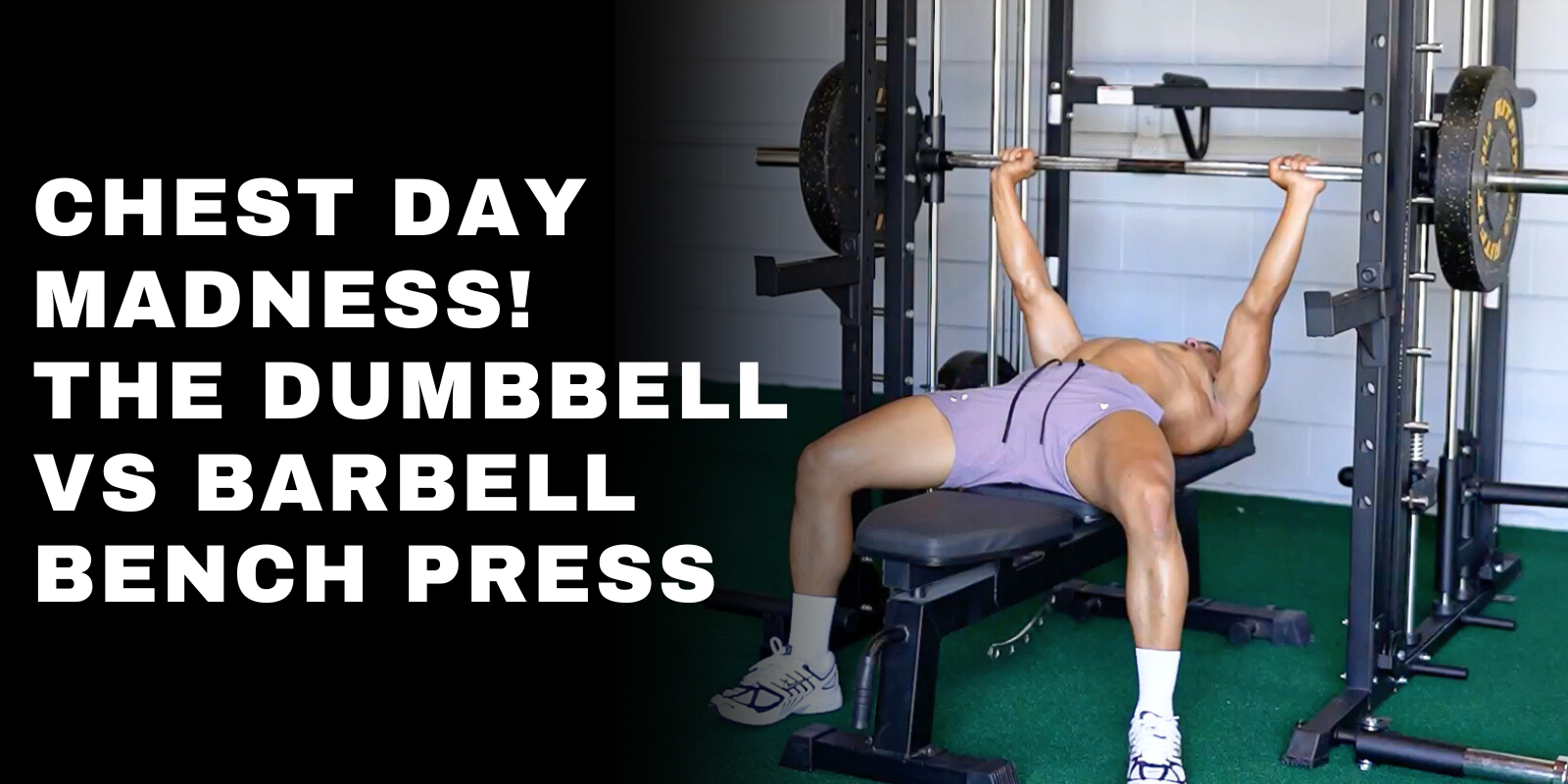Ignoring leg workouts results in weaker glutes and hamstrings. If you're so and want to build strength in the posterior region, the hip thrust is the way to go. It is one of the best glute exercises that you can incorporate into your workout and is recommended by several experts and studies. In this article, we'll tell you how to do hip thrusts with proper form and avoid common mistakes to get desirable results.
Introduction
What is a Hip Thrust?
A hip thrust is a strength-building exercise that works your glutes, hamstrings, and lower back muscles. It isolates your lower region while your upper torso stays stabilized. You can do this exercise with or without weights, depending on your strength and experience.
You can perform a hip thrust by lying on your back with elevated shoulders on a bench and feet flat on the ground. Drive your hips up from the bottom as high as possible and squeeze them on top before getting to your original position.
What are Hip Thrusts Good For?
Hip thrusts are one of the most powerful exercises you can incorporate into your workout routine. Legs are the biggest muscles in the human body, and strengthening them is crucial to carry out daily life and intense activities. They create 2x more glute activation than barbell squats, so it is essential to know how to do hip thrusts properly.
They are excellent for athletes and those who want to strengthen their core. Moreover, hip thrusts also enable you to work your lower back muscles and glutes. You can make significant improvements to your posture and stability by doing them consistently.
In this article, we'll tell you how to do hip thrusts with proper form and avoid common mistakes.
Hip Thrust Machine
Buy RitFit Hip Thrust Machine HTB-800
What is a Hip Thrust Machine?
A hip thrust Machine is an exercise equipment that trains the gluteal muscles by isolating them. The person using the machine pushes the weight upwards through their glutes. The movement on a hip thrust machine resembles the traditional barbell hip thrust but provides increased safety and stability.
Moreover, it provides a different range of motion than a traditional barbell, leading to stronger glutes, lower body strength, and improved athletic performance.
How to Use the Hip Thrust Machine?
Here is how to set up the machine to have your hip thrust muscles work properly.
- Follow the manufacturer's guidance when assembling the machine, which usually includes attaching the backrest, footplate, weight support, etc.
- The machine should be level on the floor and stable.
- The height of the backrest should be level with your shoulders.
- Put the barbell on the weight support and ensure it doesn't slide off.
- Perform trial hip thrusts to ensure that everything is stable and that you can move easily.
How to Do a Hip Thrusts With Proper Form (Barbell Hip Thrust)

Barbell hip thrusts are much better than barbell back squats for glute development. Here is how to do hip thrusts using a barbell.
Step 1
Adjust the machine against your height by leveling the back pad with your shoulders and the barbell across your hips.
Step 2
Bend your knees 90° and place your feet flat on the ground.
Step 3
Push against the weight by engaging your core and driving your hips upwards.
Step 4
Lower your hips to the original position without losing any control.
Step 5
Do the desired number of reps according to your physique and goals with the right hip thrust form.
Hip Thrust Sets and Reps
There are no standard hip thrust sets and reps for everyone, as physique and goals differ significantly. Here is how to do hip thrusts with different weights and repetitions to achieve different goals.
For Strength & Power
Developing strength and power requires using heavy weights with relatively long rest periods between the sets. Hence, you need 3-5 sets of 3-5 reps of hip thrusts with 2-3 minutes of rest between them.
For Endurance
Muscle endurance is usually the goal of athletes, which requires the use of moderate weights. Do 3-4 sets of 8-12 reps and rest for 1-2 minutes between them.
For Hypertrophy/Muscle Growth
If your goal is to look aesthetic and grow your muscles, perform 3-4 sets of 8-12 reps and rest for 1-2 minutes between them. Use moderate weights to perform the reps properly and complete your sets.
These are just general guidelines so that specifics can vary according to your physique and goals. It is always preferable to start with light weights and gradually increase them as your strength improves.
Hip Thrust Variations
When you're wondering how to do hip thrusts, it is crucial to consider their variations. So, let's explore different forms of hip thrusts and understand how to perform them perfectly.
Glute Bridge

Many confuse a glute bridge with a hip thrust, but there are some important differences between the two. The glute bridge exercise is done on the floor without a bench, and extra weight can be added for a more challenging workout. People prone to lower back pain from hip thrusts usually opt for the glute bridge as an alternative.
Moreover, the glute bridge can also be an important progression exercise toward hip thrusts. Here is how to perform a perfect glute bridge:
- First, your knees should be bent while you're lying on the floor, and your feet firmly planted.
- Bring your heels as close to your hip as possible for maximum glute activation and tighten your core.
- Press your heels against the floors and push up with your hip while keeping your belly tucked in the entire time.
- Lower your hips with complete control and get ready for another rep.
Single-Leg Glute Bridge

Single-leg glute bridge is a unilateral variation of the glute bridge in which only one leg is involved. It targets several muscles in the body's lower section, such as the hamstrings, hip flexors, lower back muscles, and glutes. Here is how you can perform a single-leg glute bridge with a perfect form:
- Keep your spine and pelvis in a neutral position on the ground with your arms on the sides.
- Tighten your core and extend one leg straight above the ground.
- Squeeze your glute and push one leg above the ground as far as possible to achieve maximum hip extension. Keep one foot pressed on the floor with a tight core.
- Slowly return to your starting position while keeping control and preparing for another rep.
Dumbbell Hip Thrust
Dumbbell hip thrusts are a great way to work out your butt and a good beginning when you want to move toward barbell hip thrusts. They are impactful in isolating the gluteus muscles, and you can add more weight as you progress. Dumbbell hip thrusts should be a staple in your workout regimen if you want to boost your athletic performance while reducing the risk of injury.
Here is how to do hip thrusts using a dumbbell for maximum gains:
- Place the bench equal to your back and slightly lower than your shoulder blades.
- Put your feet on the floor shoulder-width apart.
- Tighten your core to avoid arching your lower back while keeping your hips, knees, and feet in line.
- Place the dumbbell on your hip bone and drive your hip upwards while keeping your shoulders against the bench.
- Pause for a moment and come down slowly without touching the floor with your glutes. Get ready for the next rep while keeping your core engaged.
Banded Hip Thrust

Those who don't want to use free weights for hip thrusts have a great alternative in resistance bands. They provide resistance throughout the movement and keep your muscles engaged. It ultimately optimizes your range of motion and boosts your efficiency.
Usually, an 41" loop band is the best for hip thrusts, as it provides the ideal resistance needed for the exercise. Given below is a guide on how to do hip thrusts using a resistance band:
- Lie down, point your knees towards the ceiling, and anchor your feet on the floor.
- Wrap the band around your hip and place the loops on the ends under your feet.
- Push your hip up in a controlled manner and contract your glutes to the maximum.
- Squeeze hard for a second and slowly come down to the original position.
- Repeat until your set is complete.
What Muscles Does Hip Thrust Work
Hip thrusts are a great way to build glutes, hips, and thighs. They resemble a bridge, except the barbell or weight is placed on your hips. Hip thrust works two sets of muscles, primary and secondary.
Primary Muscles
- Gluteus Maximus is the most significant muscle in the buttocks and is responsible for inward thigh rotation and hip extension.
- The hamstrings are responsible for bending the knee & hip extension.
- Adductors on the inside of the thigh bring the legs together and assist outward thigh rotation.
Secondary Muscles
- Quadriceps are on the front of the thigh and are responsible for straightening it.
- Erector Spinae runs along the spine and is responsible for maintaining posture and stability.
If you have been wondering how to do hip thrusts properly, now you know the muscles that should feel the most tension while you exercise.
Hip Thrust Common Mistakes to Avoid
Maintaining proper hip thrust form is highly crucial for avoiding injuries and ensuring maximum gains. Here is how to do hip thrusts without committing the most common mistakes.
Wrong Feet Placement
Many place their feet too close to the glutes, making hip thrust a quad-dominant exercise instead of training the glutes. If heels are too far from your hips, you start exerting your hamstrings.
To avoid these problems, you need to have your shins vertical and perpendicular to the floor when your hips are fully raised. Place your feet where your hamstrings and quads work the least and glutes exert the most.
Arching the Back
Overarching your lower back is another mistake that can prove costly. One of the reasons it happens is that people throw their heads below the bench with each rep, making it easier for the back to curve.
Your trunk should be as stiff as possible when performing hip thrusts. Keep your eyes on the wall, your chin tucked on your chest, and avoid looking at the ceiling.
Pushing Your Hips Too High
Giving your hips a solid squeeze at the top is important, but overdoing it is a mistake. Pushing your hips too high can overarch your back and stress your spine too much. Even if it doesn't adversely affect the spine, it still doesn't work your glutes properly.
Caving in Your Knees
Most people overlook their knees while doing hip thrusts. You can only build a strong backside by keeping your knees in place. You can get around this situation by wrapping a resistance band above your knees to remind yourself where they should stay.
Hip Thrust Benefits
Here are some prominent benefits of hip thrust:
Glute Strength & Activation
Many people suffer from weak glutes due to a lack of activity. Hip thrusts help you to strengthen your glutes and hamstrings.
The glutes are the strongest and largest muscle group in your body, so activating them is crucial. Hip thrusts force them to contract, especially if you load them from an angle.
Core Strength
Core strength comes in handy in performing many activities, such as sports. Hip thrusts provide resilience and help you avoid injuries by keeping the spine aligned and the pelvis in a neutral position.
Better Running & Jumping
Explosive exercises are great for helping you become a better runner, and hip thrusts are one of them. With closed-chain kinetic movements like hip thrusts, you use the force of the ground to generate power in one direction, like running and jumping. Ultimately, it is a way of teaching your muscles how to create proper force when you sprint.
Improved Posture
Many people have poor posture due to sedentary lifestyles, leading to back pain problems. Hip thrust helps strengthen the lower back muscles, glutes, and hips, improving your posture and reducing back pain.
Better Balance & Stability
Hip thrusts strengthen the muscles in the lower back, hips, and knees to improve balance and stability in your body. Once you start aging, stability problems kick in, which can lead to falls and injuries. If you stick to a workout routine that involves hip thrusts, you'll save yourself from these problems.
Hip Thrust Alternatives
Those who were thinking about how to do hip thrusts have understood a lot by far. However, we also need to discuss some alternatives to hip thrusts for targeting the same muscle group.
Deadlifts

Deadlifts are the most popular compound exercises that work your hamstring, lower back muscles, and glutes. You perform it by bending over and keeping your feet shoulder-width apart. Keep your back bent without an arch, slowly lift the barbell, and stand straight.
Squats

Squats are the most popular leg exercise and a staple in many workouts. They target your lower back, hamstring, and glutes. To perform a squat, you must stand shoulder-width apart and come down as if sitting on a seat. Go as deep as possible, depending upon your experience and strength.
Lunges
Lunges target the quadriceps, glutes, and hamstrings. To perform a lunge, you must step forward with one leg while placing the other knee above the floor. Bend the knee of the forward leg at 90°, and return to the original position by pushing through the front heel.
Step-Ups
Step-ups target the glutes & hamstrings and are one of the simplest exercises you can do. To perform a step-up, put one foot on the bench or step and push through the other heel to lift your body onto the bench.
Hip Thrust FAQs
Who should do the hip thrust?
Hip thrusts can be performed by people of all fitness levels. They are great for athletes and those who are looking to improve their overall strength and stability.
What weight should I start hip thrust?
You should choose a weight according to your strength levels and increase it gradually. However, if you're thinking about how to do hip thrusts without any free weights, just rely on your body weight.
Can I do the hip thrust and deadlift in the same workout?
Yes, you can perform hip thrust and deadlift in the same workout, given that you maintain proper hip thrust form.
Do hip thrusts make your hips bigger?
Hip thrusts are meant to strengthen your glutes and increase their size. However, they won't make your hips look bigger, as your genetics and body fat percentage determine hip size.
Conclusion
If you have read this guide to this point, it means you know how to do hip thrusts. However, you'll need to practice a bit before having your hip thrust muscles worked properly using a machine.
If you're looking for a quality hip thruster machine, The Ritfit Hip Thrust Machine is your best bet. It is a durable all-in-one machine that comes with a comfortable back pad. It is assembled easily and is highly convenient to use for everyone.
So, place your order today and kickstart your fitness journey!



